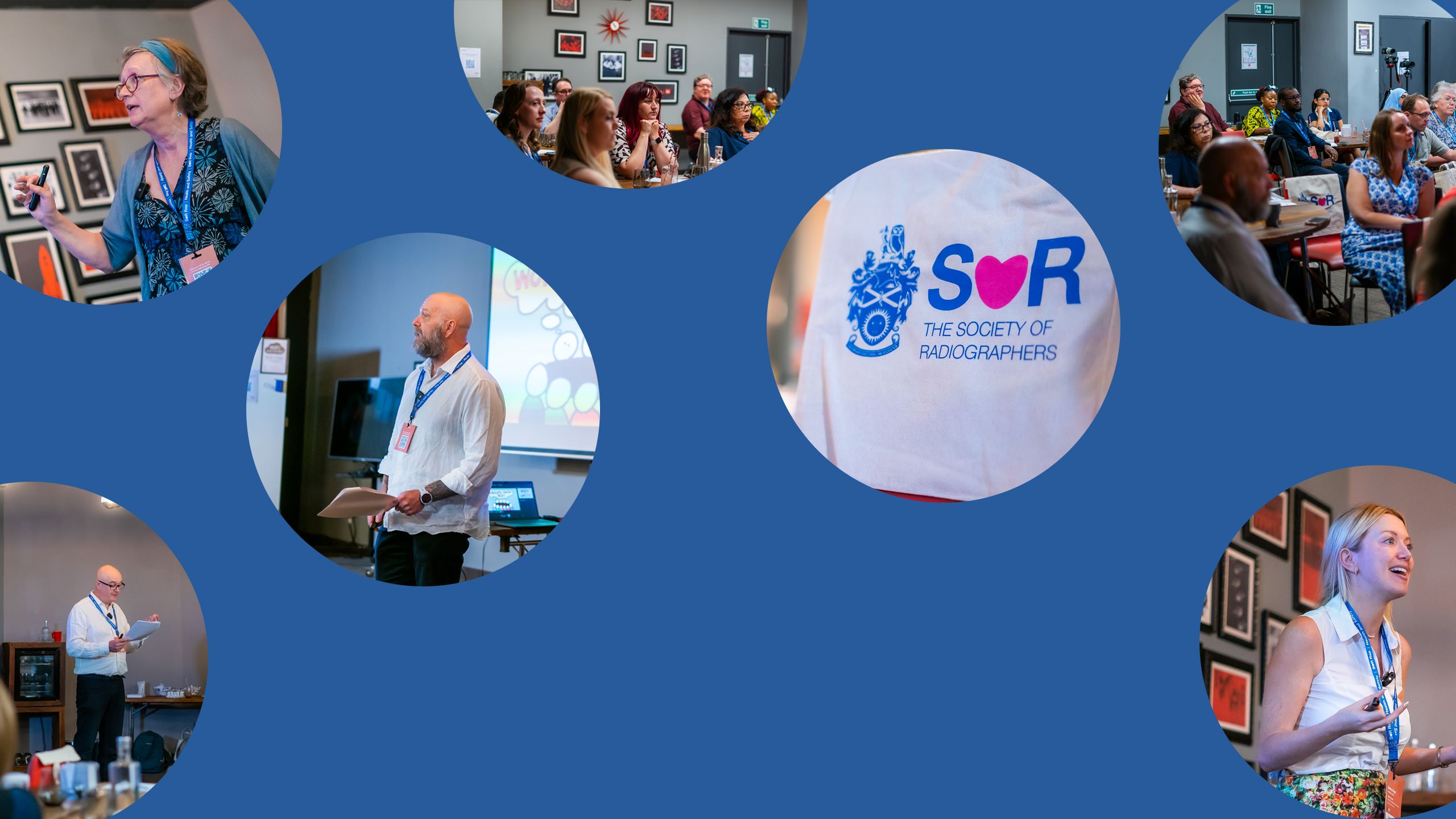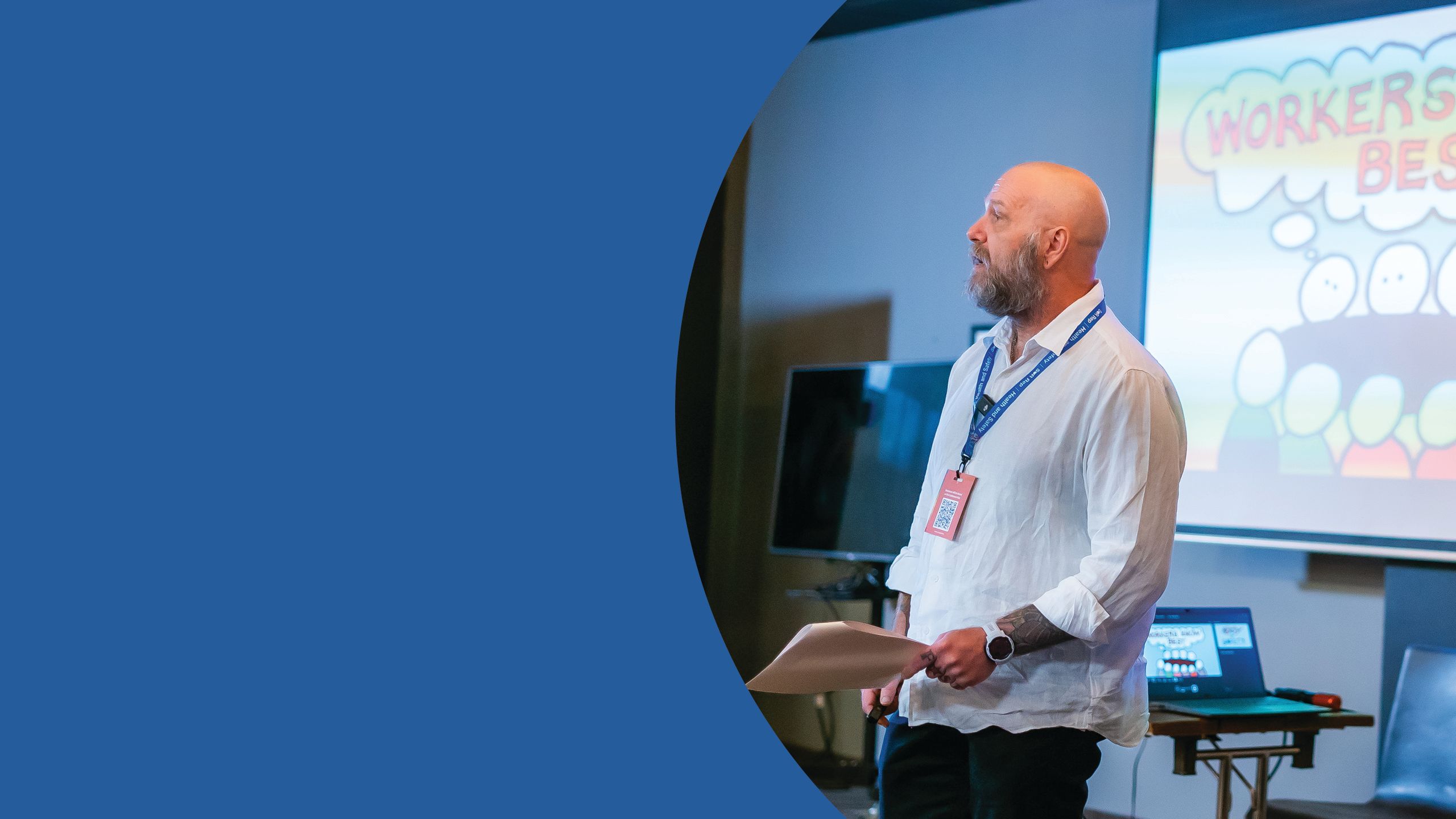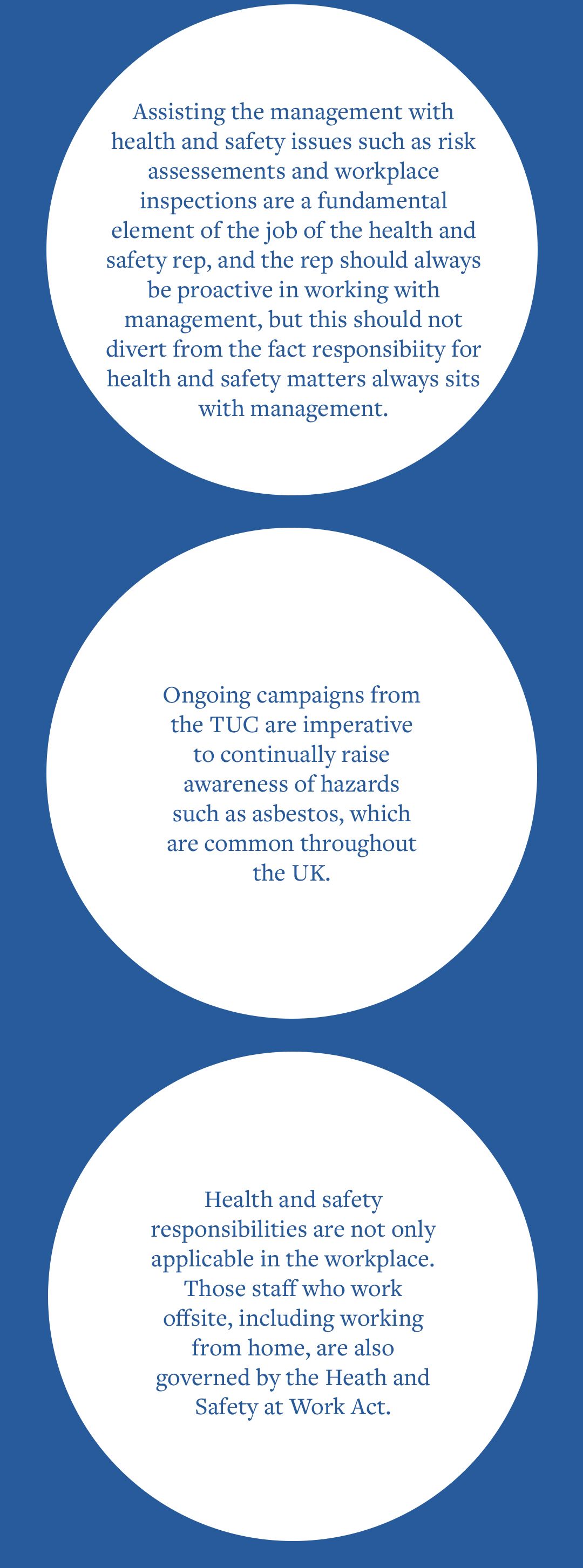Ongoing support for members: the first annual Safety Reps’ Conference
Health and safety is an essential focus for the Society of Radiographers, and this new event aims to help protect members

The SoR’s Safety Reps’ Conference was the first of its kind and took place at the Ibis Hotel in Birmingham New Street, on Saturday 21 June 2025. It was an excellent venue and an ideal occasion for SoR health and safety reps to enrich their knowledge of health and safety issues in the workplace, and how they can help to resolve the areas of concern. The event was also an opportunity for health and safety reps to pool and share ideas and to network with each other. Having been an SoR health and safety rep for more than three years, I was keen to garner new ideas and network with other reps.
The conference was very well attended, with approximately 50 reps from around the UK. The atmosphere throughout the day was one of enthusiasm and desire for learning.
The SoR health and safety officer, Rhys Martin, started proceedings with a welcome and introduction.
The SoR’s Safety Reps’ Conference was the first of its kind and took place at the Ibis Hotel in Birmingham New Street, on Saturday 21 June 2025. It was an excellent venue and an ideal occasion for SoR health and safety reps to enrich their knowledge of health and safety issues in the workplace, and how they can help to resolve the areas of concern. The event was also an opportunity for health and safety reps to pool and share ideas and to network with each other. Having been an SoR health and safety rep for more than three years, I was keen to garner new ideas and network with other reps.
The conference was very well attended, with approximately 50 reps from around the UK. The atmosphere throughout the day was one of enthusiasm and desire for learning.
The SoR health and safety officer, Rhys Martin, started proceedings with a welcome and introduction.






The first speaker was Mike Kidd, a lecturer in trade union education at the College of North East London. He explained the importance of risk assessments in the workplace, pointing out that they are a legal requirement, as well as a fundamental means of mitigating the risks of hazards in the workplace. He said that while it is good practice to call upon the health and safety rep for advice on preparing a risk assessment, this does not detract from the fact that it is the employer’s responsibility, and not to be fully delegated to the rep. Mike also looked at the difficulties in preparing an effective risk assessment, and explained the elements of good and bad practice.
Next up was Steve White, a TUC tutor from the College of North East London, who gave a presentation on workplace inspections. He was also keen to stress that it is the employer’s responsibility to carry out workplace inspections, but that including the health and safety rep in these inspections is prudent to carrying out an effective inspection.
The next speaker was Shelly Asquith, health, safety and wellbeing policy lead at the TUC. She talked about the ongoing TUC campaigns in relation to workplace hazards. In recent months, there has been a lot of work to raise awareness of the fact asbestos is still present in many public buildings throughout the country. This is despite the fact all forms of asbestos fibres are hazardous, and can contribute towards serious respiratory conditions such as lung cancer and mesothelioma. If the asbestos remains intact there are no concerns; however, damage from factors such as weather conditions can release asbestos dust into the atmosphere, and exposure to these fibres is dangerous. Asbestos has been banned since 1999, but many asbestos-containing building materials still exist throughout the country and the number of asbestos-related health cases are on the rise. This epitomises the importance of the union’s campaign. Extreme working temperatures is another hot topic of campaigning by the TUC, with many public buildings too hot during the summer and too cold during the winter. Other subjects the TUC is focusing on this year include highlighting the large percentage of workers who don’t have easy access to a toilet during their shift, and the importance of carrying out stress assessments among workers.
Kim Sunley also gave a presentation. She is the head of health, safety and wellbeing at the Royal College of Nursing, and a member of the NHS Staff Council’s Health, Safety and Wellbeing Group. This group works in partnership with NHS employers and trade unions to support compliance with health and safety legislation, as well as promoting the importance of a safer working environment for all NHS staff. Over the next three years, the group will be focusing on a number of health and safety issues, including building safety (asbestos), fatigue (impact on workers), work-related stress and artificial intelligence.
Janet Newsham, a co-ordinator at the Greater Manchester Hazards Centre, delivered a presentation highlighting the risks of lone working, with particular emphasis on the importance of the health and welfare of the individual who is lone working, as well as the environment they are working in. She was keen to highlight the fact many employees may request lone working because it suits them professionally and/or pragmatically; however, a health and welfare check on the employee should always take precedence over the employee’s individual choice. In this day and age, this is a very relevant subject because working from home is becoming more and more popular down to practical reasons such as childcare and travel expenses. When the Covid pandemic started and a vaccine had not been discovered, working from home was a no-brainer, as it mitigated the risk of people catching the illness. Now that vaccines are available and Covid under control, the situation has changed. Working from home is still popular, and the responsibilities of the employer and employee, under the Health and Safety Act, are the same, irrespective of whether the staff member is working on or off site. Risk assessments are essential before allowing an employee to work from home, especially if they will be lone working.
The last presentation of the day was from Quinn Roache, a TUC policy officer specialising in disability, LGBT+ and equality. He shared information acquired from the most recent survey of health and safety reps within the TUC movement. It was disturbing to note that the majority of health and safety reps across the TUC are white, male and over the age of 45. For the health and safety rep role to thrive and be perceived as credible, a good cross-section of personnel in these roles would help; however, for a combination of reasons, this is not yet happening. In particular, many ethnic minority staff are apprehensive about coming forward to be a health and safety rep for fear of not receiving adequate support. This presentation created some lively debate in the conference hall. Some of the white health and safety reps were keen to point out that it is not always the ethnic minorities who experience prejudice in the workplace, and that sometimes the white community can feel a sense of marginalisation.
Lydia Johnson from the SoR Health and Safety Forum finished the conference with a few closing remarks.
The whole event was an excellent learning experience for health and safety reps, and very rewarding. It would be hard for me to pick out the highlights of the day, as there were so many of them. Key takeaways from the conference are:
The conference is evidence of the ongoing services the SoR provides to its members. It has often been said that the SoR is your support when you have a problem, which is true, but you don’t have to wait for things to go wrong to benefit from the SoR. While things are going well the SoR can provide learning and resources on a number of subjects, including health and safety, continued professional development and industrial relations. This is good for CPD and your future prospects. Looking at the spectrum of speakers, this event is evidence of the wide range of contacts the SoR has at its disposal.
A recurring theme among the speakers is their affiliation with the TUC. The Society of Radiographers is one of 48 trade unions in the UK that are affiliated to the TUC; this represents a total workforce of more than 5.5 million. So many unions are working together to represent so many workers, and it is encouraging that the SoR is a part of such a collaborative group. To be an individual group with no other contacts would limit the SoR’s ability to make itself heard, but being part of a group of 48 unions makes for a powerful voice. In addition, being part of the TUC, and the contacts this provides, gives the SoR the capacity to build up a portfolio of knowledge on a plethora of relevant topics that affect SoR reps and the wider membership. While you are a member of the SoR, there are plenty of opportunities to obtain up-to-date information on a wide range of professional subjects.
Currently, there are a significant number of radiographers who have not yet chosen to join the SoR. There are many reasons for this – it is not a straightforward answer. The Health and Safety Reps Conference is an example of the ongoing benefits of being a member of the SoR, including learning, resources and contacts with other reps. It is not just about whether you need to be an SoR member to support you if the need arises – being an SoR member brings benefits in terms of education and professional advice.
More about becoming an SoR rep
One of the main reasons members join the SoR is so that they will have union support if they have a problem at work. They value SoR representation if they have a grievance or are called to a disciplinary hearing.
The role of reps is to represent members’ interests to the employer. This may be through negotiation with departmental managers on issues such as on-call payments or grading, at trust level through the joint consultation and negotiating machinery, or individually if members have a grievance or are called to a disciplinary hearing.
Read more





